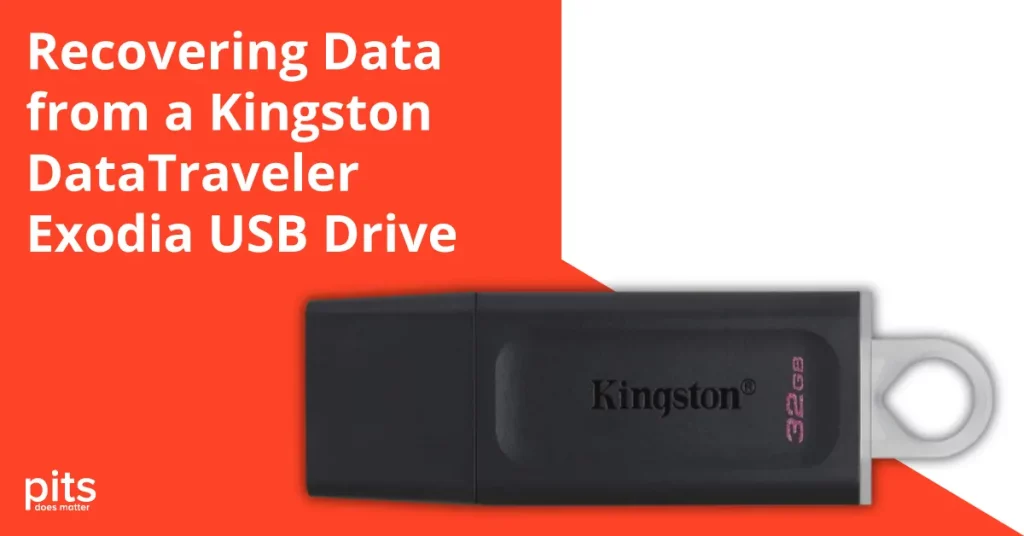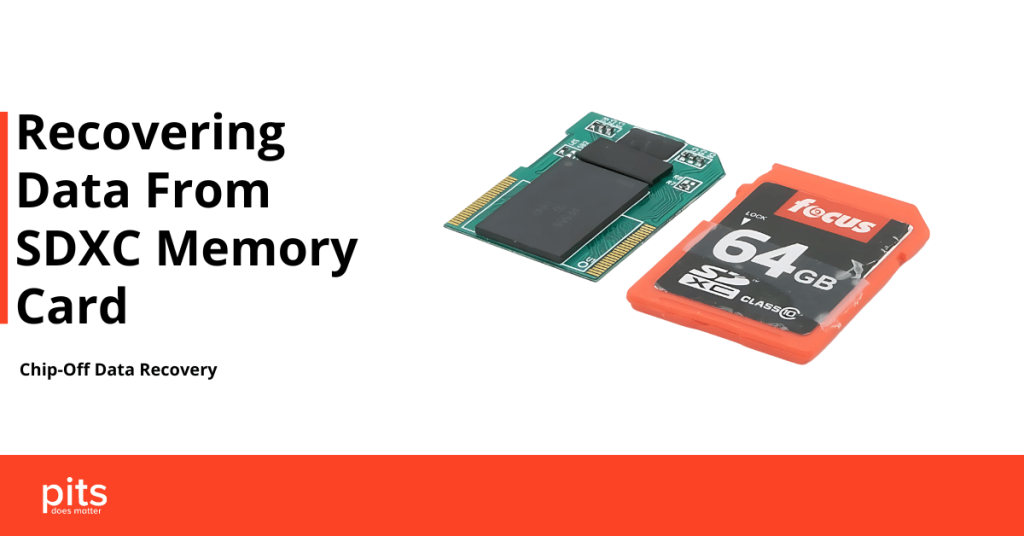SD cards are essential for storing photos, videos, and documents in various devices, including cameras, phones, and tablets. But what happens if your SD card gets wet, whether from an accidental spill, submersion, or exposure to humidity? Water damage can lead to data loss, but there are steps you can take to recover your precious files.
In this blog, we will guide you through the best practices for recovering files from a water-damaged SD card, and we’ll cover what to do—and what to avoid—to increase your chances of success.
Immediate Steps to Take After Water Damage
Before diving into file recovery, you must act fast to prevent further damage. Here are some critical first steps:
Do Not Use the SD Card: Immediately remove the SD card from the device and avoid trying to use it. Powering the card while it is wet may cause permanent damage.
Avoid Applying Heat: Resist the urge to use a hairdryer, microwave, or oven to dry the SD card. Heat can damage the internal components, making recovery more difficult.
Dry the SD Card Properly: Gently pat the SD card dry using a microfiber cloth or paper towel. Place the card in a container with uncooked rice or silica gel packets to absorb moisture. Leave it for at least 24-48 hours before attempting to read the card again.
Use a Soft Brush: If you notice any debris or dirt on the SD card’s connectors, use a soft, dry brush to clean it. This can improve the contact between the card and your device.
Attempting to Recover Files from the SD Card
Once the SD card is dry, you can proceed with file recovery. Here’s a step-by-step guide to recovering your files:
1. Use an SD Card Reader
If your device doesn’t recognize the SD card, try using an external SD card reader and connect it to your computer. An SD card reader may offer better connectivity than your device’s built-in slot.
2. Check for Drive Recognition
After inserting the SD card into your computer, open “File Explorer” (Windows) or “Finder” (Mac) to see if the card appears as a storage device. If it does, you’re in luck, and you may be able to copy files manually. However, if the card isn’t recognized, move to the next step.
3. Use Data Recovery Software
If your SD card appears but isn’t accessible, data recovery software can help. Here are a few popular options:
- Recuva (Windows): A free tool that can recover files from damaged SD cards.
- Disk Drill (Windows/Mac): Known for its user-friendly interface and reliable recovery capabilities.
- PhotoRec (Windows/Mac/Linux): An open-source option that can recover photos and documents from SD cards.
After installing the software, follow these steps:
- Select the SD card as the target drive.
- Choose a deep scan option to maximize file recovery.
- Let the software scan the SD card for recoverable files.
- Once the scan is complete, preview and save the files to your computer.
4. Professional Data Recovery Services
If DIY recovery methods fail or if the SD card is severely damaged, it may be time to contact a professional data recovery service. Specialists have advanced tools and techniques to recover data even from SD cards with extensive water damage. Look for services with expertise in SD card recovery to ensure the best chance of success.
What to Avoid During Recovery
- Don’t Format the SD Card: If your computer prompts you to format the card, avoid doing so. Formatting can erase recoverable files and make recovery harder.
- Avoid DIY Repairs: Attempting to open the SD card or repair internal components yourself can lead to irreversible damage. Let professionals handle it if necessary.
- Don’t Force Connections: If the SD card reader or device has trouble detecting the card, avoid forcing the connection. This can cause more physical damage.
How to Prevent Future Water Damage
Preventing water damage is the best way to avoid the hassle of recovering files. Here are a few tips to keep your SD cards safe:
- Use Waterproof Cases: Store your SD cards in waterproof and shockproof cases to protect them from accidental spills or exposure to water.
- Back Up Your Files: Regularly back up the files on your SD card to a computer or cloud storage. In case of water damage, your data will still be safe in your backup.
- Avoid Moisture-Prone Areas: When using devices with SD cards, be cautious in areas with high humidity or water exposure, such as beaches, pools, or during rainy conditions.
Conclusion
While water damage can pose a serious threat to SD cards, all is not lost. By acting quickly, drying the card thoroughly, and using reliable data recovery software, you stand a good chance of retrieving your files. However, in more severe cases, professional help may be your best option.
By following the steps outlined in this guide, you can minimize data loss and recover files from a water-damaged SD card. And remember, the best way to avoid the stress of recovery is to keep regular backups and store your SD cards in a protective environment.


